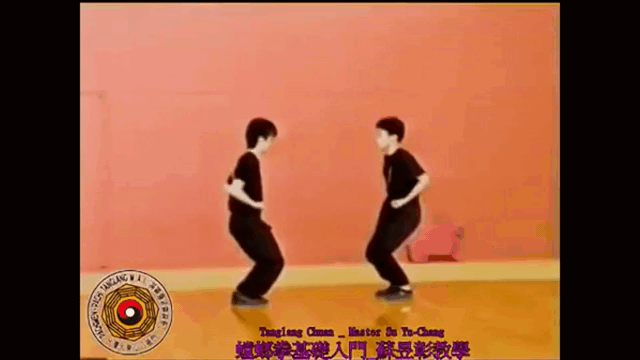When you make a right arm inside block, do you
1. Move your right arm without moving your body?
2. Treat your body as one unit. You move both your right arm and your body at the same time?
3. Move your hip/waist to your right while moving your right arm to your left?
Which method do you use?
1. Move your right arm without moving your body?
2. Treat your body as one unit. You move both your right arm and your body at the same time?
3. Move your hip/waist to your right while moving your right arm to your left?
Which method do you use?


